Join US
Do you want to build the fantasy world you’ve always dreamed of?
Subscribe to receive notifications when a new post is out and for our monthly newsletter!
You can always unsubscribe anytime.
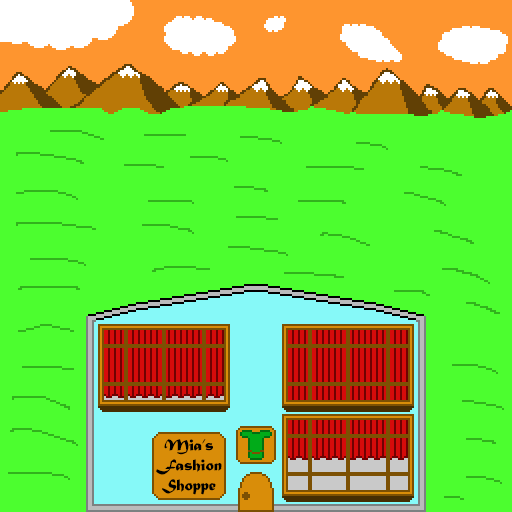
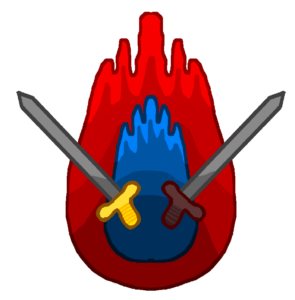
Cities are where many major events in fantasy worlds take place. The signing of a peace treaty between two warring nations and a new technological breakthrough that will make everybody’s lives better are just two of countless examples. Fantasy cities are strange, exotic places found in many different locations — depending on the world they’re in — and such strange places are usually a big hit with fans. Think of Gerudo Town in Breath of the Wild and Volantis in Game of Thrones.
Cities are comprised of buildings and each has their own unique architecture. The architecture reflects the culture of the people who call them home. The buildings in these places add their own distinct flavor to the overall vibe of the city.
This is the second of a two-parter series covering what kind of buildings you expect to see in such places. Part 1 covers 4 buildings you typically see in such places. In this one, we look at 4 other buildings, beginning with the general store.
There are no fantasy cities that don’t have a general store. The general store is typically among the first to open in a fledgling town, existing to serve its residents who need food and supplies they would have to travel a distance to get. It holds a wide diversity of products, from food to tools.
As the town grows into a city, the general store’s offerings increase, attracting even more people. Since they’re growing, general stores are able to reinvest their money in increasing the size of the store to accommodate a greater array of products. What they couldn’t previously place on their shelves due to their smaller size and customer base, they can now.
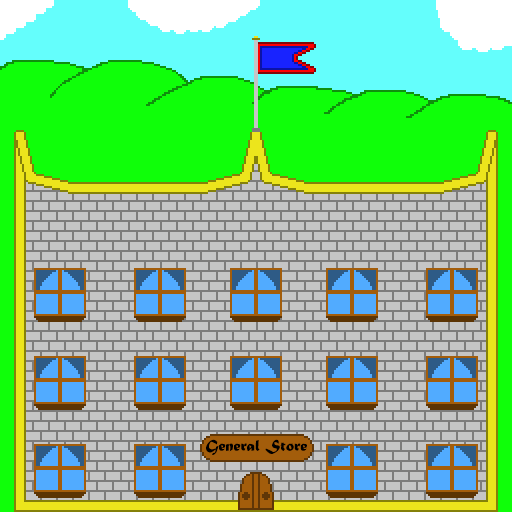
General stores are located in the heart of the city, near the central plaza or marketplace. As the city grows ever larger, it may open up one or more branches to serve people who might be out of the area it serves. It does so for two reasons. Firstly, the owner sees an economic benefit in expansion. Serving new areas leads to more money. Secondly, it does so to cut off those mulling competing against them. Many cities are served by either one general store or several run by the same owner or family. You don’t see two such stores competing against each other.
While customers return to the general store over and over again for the items they need, another reason they come back is because of the relationship with the owner they’ve cultivated over the years. That relationship is not merely between a store and a customer, it’s between friends or family. They’ve exchanged stories and gossip, how city life’s going, listened to each other’s great news or terrible tragedies throughout the course of their lives. There’s a sense of familiarity between customers and the owner and his employees that’s hard to find in many other places.
If there’s one thing fantasy cities need, it’s an armor shop. Armor and weapons are required to survive in a hostile world. That’s why in many video games, the player character goes to the armor shop, to see what products are available to purchase. He sees if the shop has a better armor or sword than what he already has.
The armor these shops sell are broken in several categories:
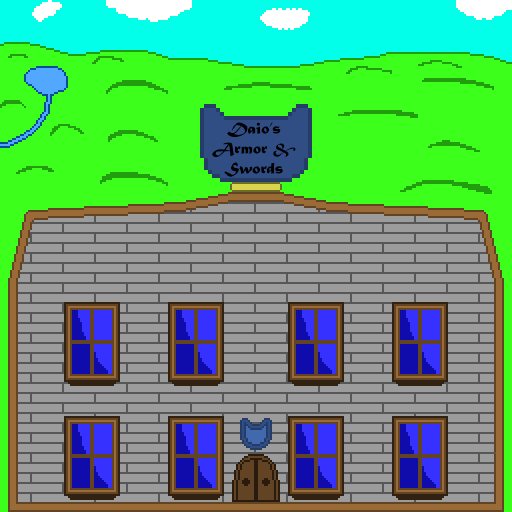
When it comes to weaponry, armor shops focus on swords or others like mace clubs. They also offer bow-and-arrows and knives. Basically, any non-magic weapon the adventurer needs to ensure he survives his journey.
The armorer also doubles as the city’s blacksmith since he has a smelter and forge behind his shop. He usually makes the armor and weapons himself or he has employees doing that for him while he’s in the store, trying to get someone to buy his armor. The forge and smelter needs a steady diet of ores which means the armorer has to find a stable source of ore. He does so by either having a mining company of his own or buying ores from one.
Many products the armorer sells can be set a high price. It’s because of the labor-intensive process of obtaining ores (either mining them himself or buying them from a mining company), smelting them, and forging them. He needs to be able to operate at a profit so he can keep his shop open. In many cities, there’s only one armorer — though in some cases, there can be two or more — who serves the city’s inhabitants.
A mainstay of fantasy cities, apothecaries are a must-stop for any aspiring hero or character. They offer potions and ingredients needed to concoct your own. In some cases, they let you make your own right in the shop.
While they usually have a pungent aroma and quirky decor, they’re known for their excellent selection of items. In fact, customers are willing to tolerate the smell and unusual design style so they can buy a potion that will help them.
Having the right potion with you can mean the difference between life and death. That’s why it’s always a great idea to check into the apothecaries whenever visiting one of many fantasy cities.
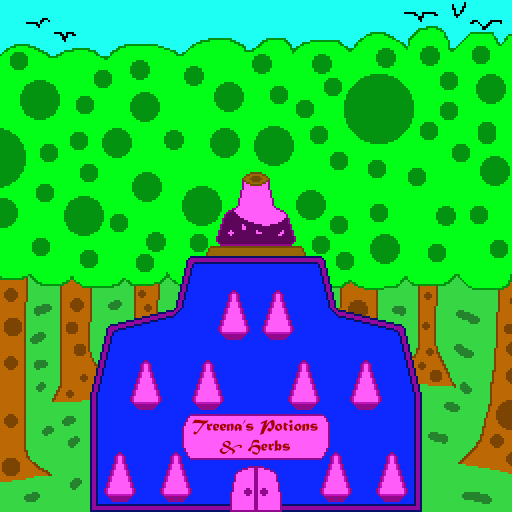
There’s usually one apothecary in every city. The list of potions apothecaries carry depends on the city they’re found in. While they’re off the beaten path or in the city’s outskirts, they carry potions that replenish your health or grant you temporary resistance to an element like fire. Moreover, the selection they carry depends on what ingredients they can find locally. For example, if a city’s near a forest, the majority of products available will feature items found in that forest.
Apothecaries brew potions using a combination of bizarre ingredients one wouldn’t think to put together. Ingredients such as small animals like frogs or bugs or animal guts are used to make potions. The owners usually pick the ingredients themselves or have their employees out in the field to gather them. For the ones they’re having a difficult time gathering, they buy them from local companies who have an ample supply.
The owners are be eccentric individuals who march to their own drummer. They have their own fashion style and their choice of clothes clash with many people. While customers don’t like their taste in clothes, they overlook them if means they can buy potions or ingredients.
Everyone needs clothes to wear and the same applies to those who live in fantasy cities. Clothes shops carry a wide variety of garments and fabrics to cover just about anything. As the seasons change, the clothes available to purchase change as well. In addition to selling clothes, they also offer footwear and accessories that go perfectly with them.
In video games, whenever the player character arrives in a new city or return to one you’ve been to before, check out the clothes shop. You just might find something better than what you have.
These shops are close to the central plaza or marketplace or near any high-traffic spots. They depend greatly on sales to stay afloat and do well in times of prosperity. In economic downturns, they’re hit hard and struggle to survive as customers cut back on spending.

Clothes shops make their clothes themselves and use local items they have easy access to. The owners either make the clothes themselves or hire workers to make them. They can also dye them in several colors.
Many clothes shops provide tailor services to enable people to have clothes that fit them exactly. Naturally, they charge a fee for such service. Wealthy people are more likely to take advantage of these services than people in lower-income classes.
The style and garments they sell depends on their market customers. To attract wealthy clients, they use high-quality fabrics and elegant designs to entice them to buy their clothes. For lower-income people, they use cheap fabrics and rely on simple designs to move their products.
Even though they appear in many fantasy cities, there’s always something new to find at these shops so it’s worth seeing what they have!
The shops in fantasy cities serve an unique purpose. While their goal is to sell their wares to make money to stay in business, they’re providing a service the city needs to grow and flourish. As the city grows, they adapt by offering new merchandise or axing ones that are no longer selling.
Shops are the first stop adventurers go to to restock their inventory and check out the new products on sale. After spending the night at the inn, they hit the shops to offload stuff they don’t need and get new things before they hit the road.
Let me know what you think in the comments below. (Note: this is an account-exclusive feature).
If you don’t have one, you can register here. It only takes a few moments of your time!
Liked this article and want to subscribe? All you have to do is fill out the form below and that’s it!
Thanks for reading this and until the next time,
Sunfire
Subscribing means you receive:
You can always unsubscribe anytime.
Do you want to build the fantasy world you’ve always dreamed of?
Subscribe to receive notifications when a new post is out and for our monthly newsletter!
You can always unsubscribe anytime.